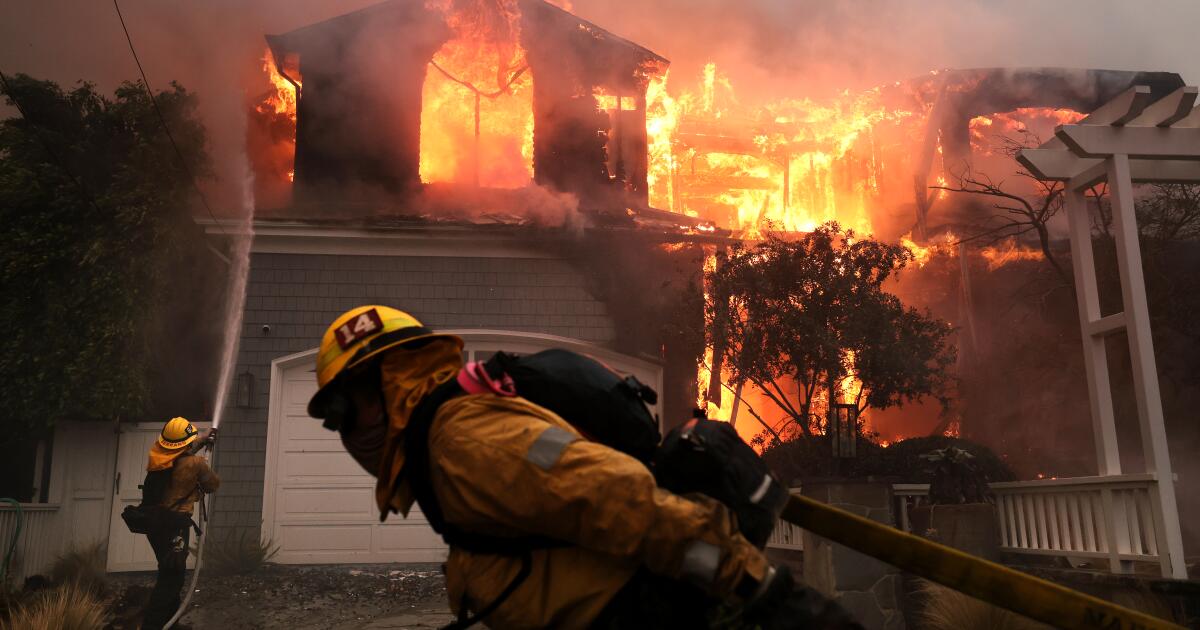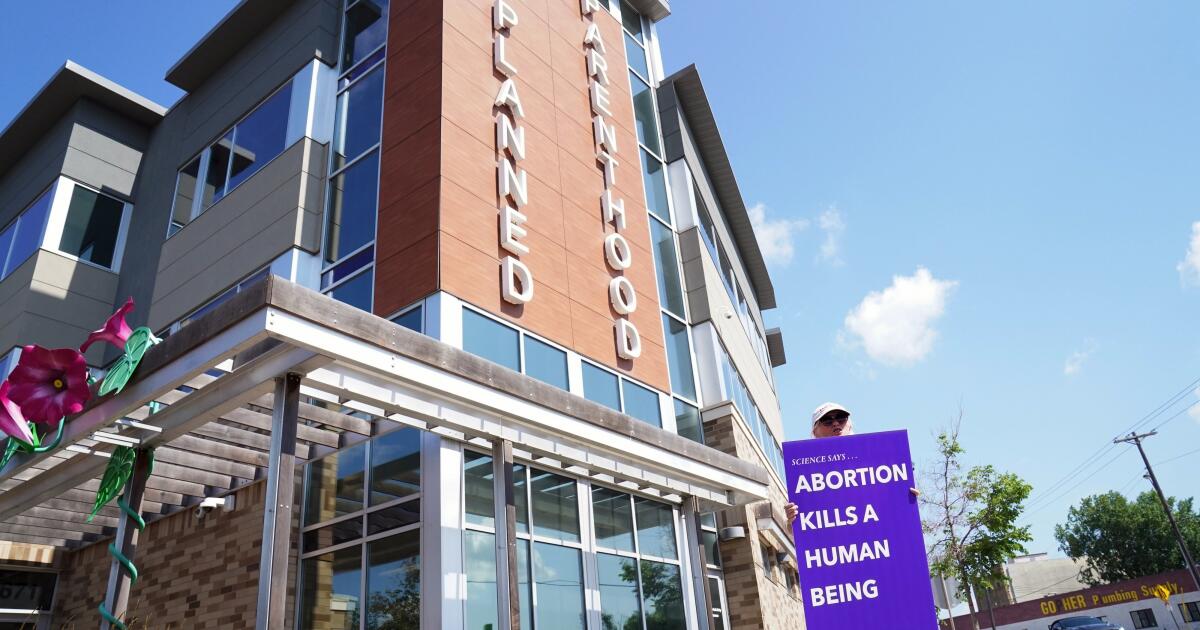Senate Republicans investigate Palisades fire response
Two Senate Republicans have opened yet another investigation into the deadly Palisades fire, adding to a long list of ongoing probes aimed at determining whether local officials prepared sufficiently for the emergency.
The investigation will look at whether emergency preparations were sufficient, including an examination of whether there was enough reservoir water to respond to the deadly wildfire.
Sens. Rick Scott of Florida and Ron Johnson of Wisconsin announced Monday that they were leading the congressional investigation, which they said is necessary to “uncover and expose the truth” about how the state and local governments responded to the major blaze, which broke out amid hurricane-force winds and quickly overwhelmed firefighting resources.
“Families in this community deserve answers and accountability,” Scott and Johnson wrote in a joint statement.
The new probe is the latest in a string of ongoing investigations into the start of the fire and how officials responded. It comes almost nine months since the fire broke out on Jan. 7, killing 12 and largely destroying Pacific Palisades. That same day, the Eaton fire erupted in Altadena, killing 19 people and devastating the foothill community.
The congressional investigation appears to focus only on the Palisades fire, and will look specifically at what water resources were — or weren’t — available, and why.
The Times first reported that the Santa Ynez Reservoir, located in the heart of Pacific Palisades, was empty when the fire broke out, and remained that way as firefighters experienced dry hydrants and water pressure issues. The 117-million-gallon water storage complex had been closed for repairs to its cover for nearly a year, officials said.
After The Times’ reporting on the reservoir, Gov. Gavin Newsom ordered an investigation into the city’s water system and how it may have hampered firefighting efforts.
Times reporting also exposed poor preparation and deployment by the Los Angeles Fire Department, even as city officials were repeatedly warned about life-threatening winds and red flag conditions. Top brass at the agency decided not to deploy roughly 1,000 available firefighters and dozens of water-carrying engines in advance of the Palisades fire.
The announcement of this federal investigation comes a few weeks after Scott — the former governor of hurricane-prone Florida — met with former reality star Spencer Pratt to tour some of the areas destroyed by the Palisades fire. At the time of their meeting, Pratt, who lost a home in the fire, was demanding a congressional investigation — an action that Scott said he would do his “best to make sure it happens.”
Pratt has also sued the city, alleging it failed to maintain an adequate water supply and other infrastructure.
In recent weeks, Scott has sent letters to several agencies seeking answers about how California used federal funds for wildfire management and response. In an August letter to the U.S. Department of Agriculture, Scott said it appeared that the state and the city of Los Angeles had not used the agency’s funds “wisely or appropriately.”
The response to the January firestorm, particularly in the Palisades, has become a polarizing topic — and rife with misinformation —among national and local political leaders, from President Trump to developer Rick Caruso, a former mayoral contender against L.A.’s current mayor, Karen Bass. Caruso, who owns Palisades Village mall, became an immediate critic of the city’s response, blasting officials for struggling to meet water demands during the fire fight.
But fire and water experts have repeatedly said that the conditions during the fire were unprecedented, and one that no urban water system could have been properly prepared.
Still, understanding what, if anything, went wrong during the Palisades fire appears to have struck somewhat of a bipartisan note. Gov. Gavin Newsom on Monday said his team will “absolutely welcome” this additional review.
“It complements the thorough investigations already taking place — including by the federal government, the state, and an independent review by the nation’s leading fire experts,” Newsom said in a statement. “From day one, we’ve embraced transparency because Californians deserve nothing less.”
Los Angeles officials last month delayed releasing one of those reports, so as not to interfere with a federal investigation into the cause of the Palisades fire.
The new congressional investigation, which will be led by the Senate Homeland Security and Governmental Affairs Committee, will give senators the power to issue subpoenas and seek documents for the committee’s review.


